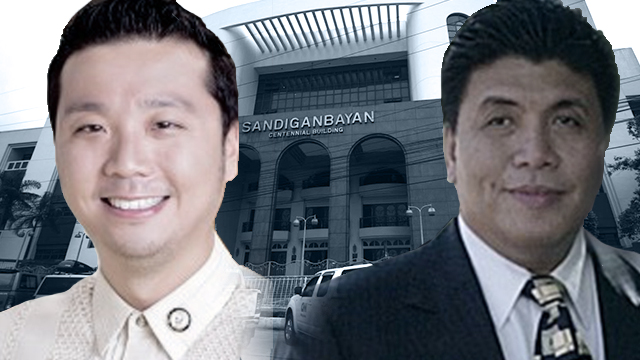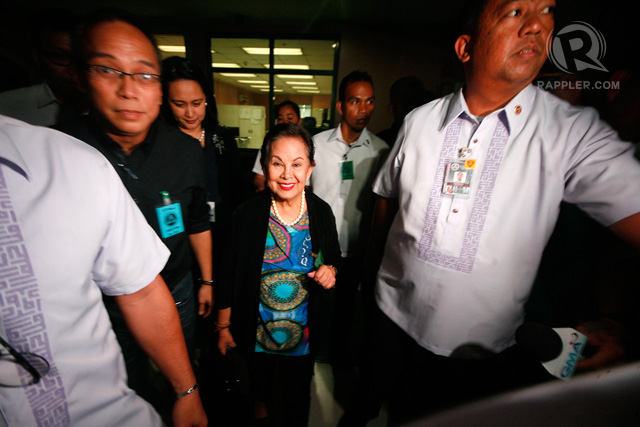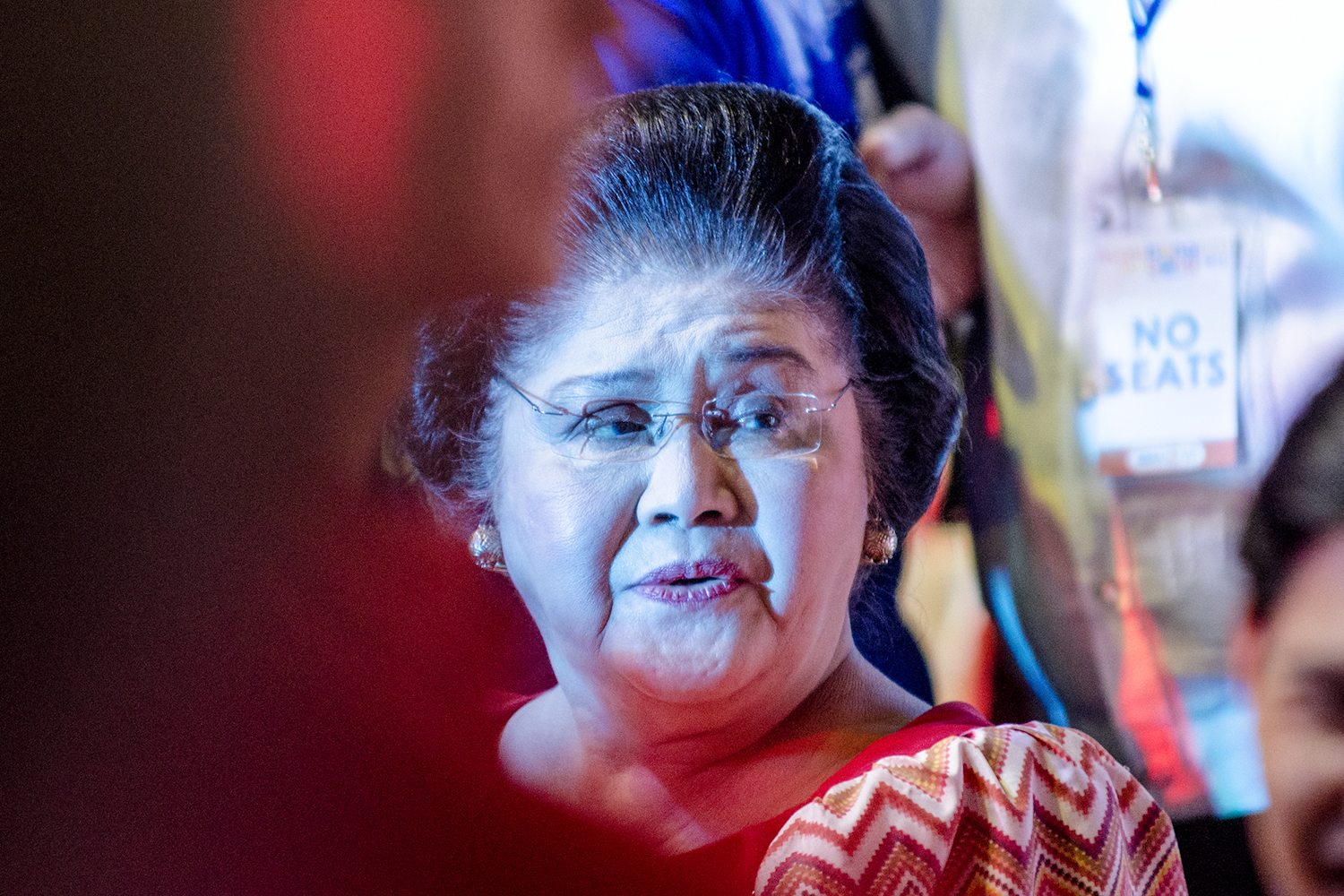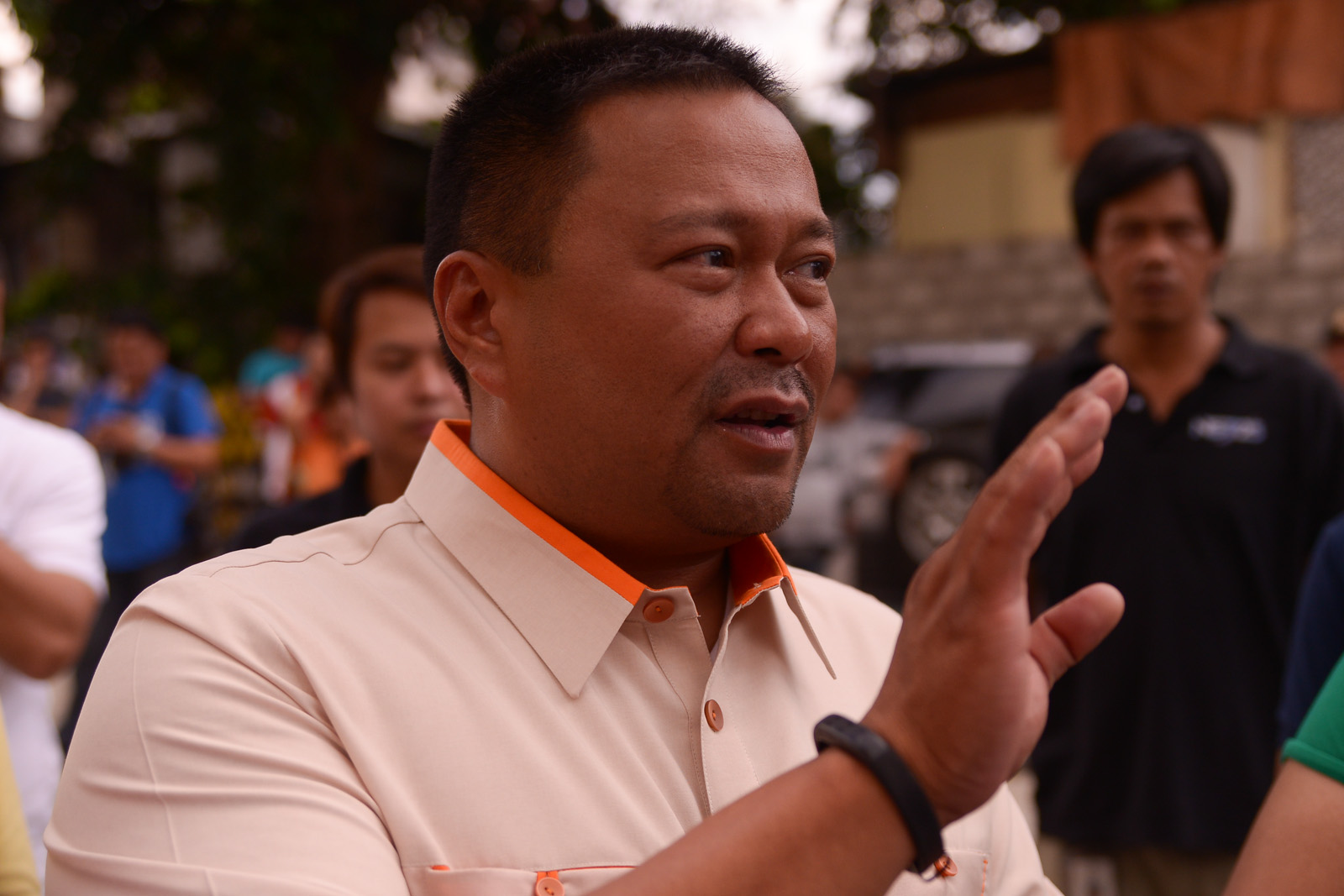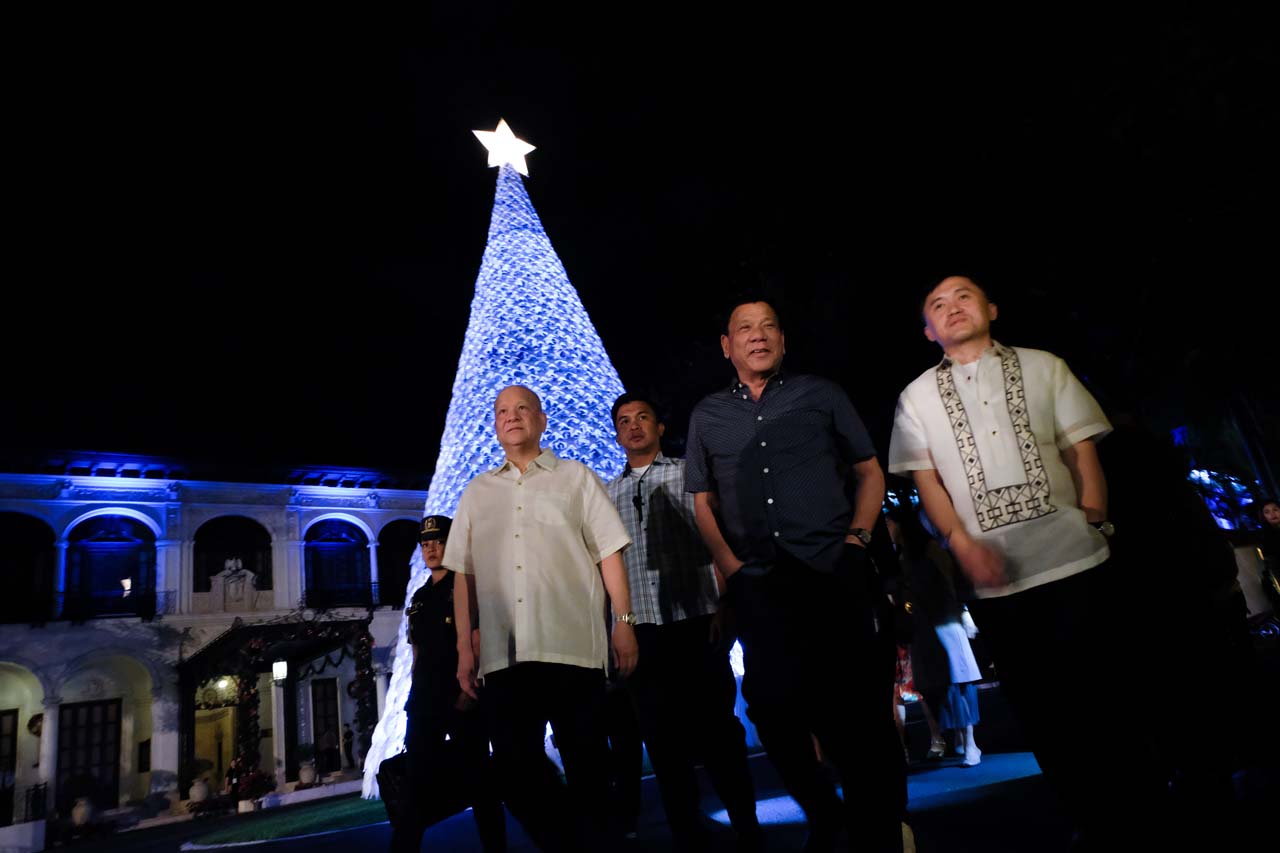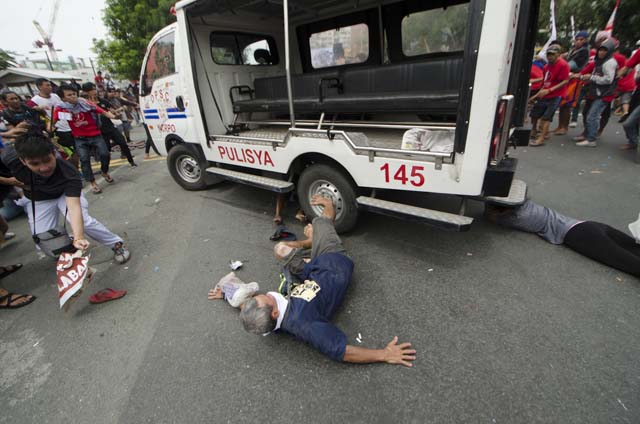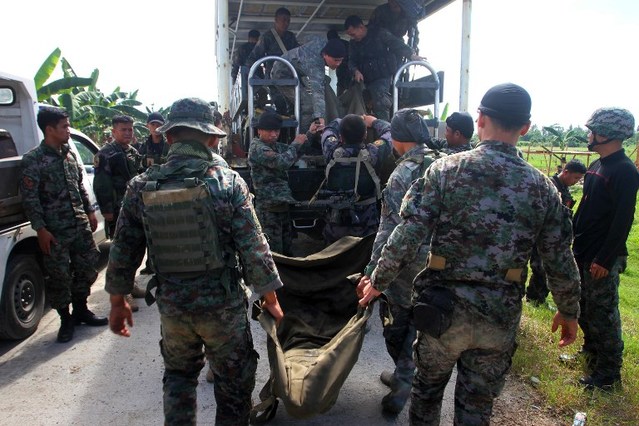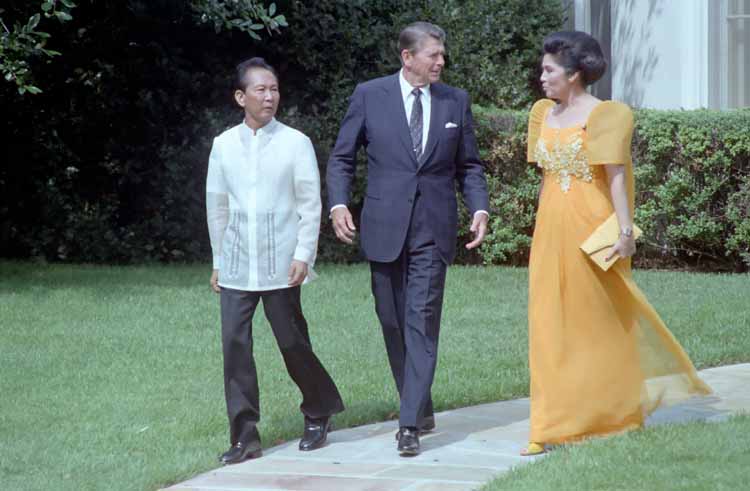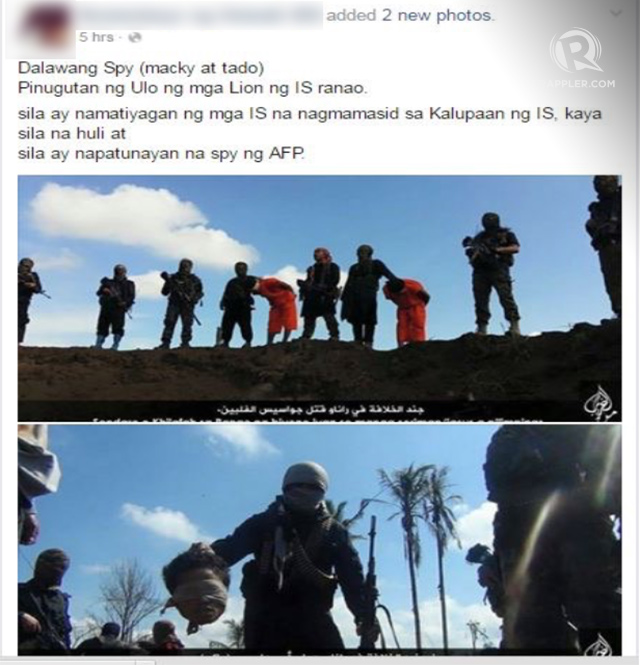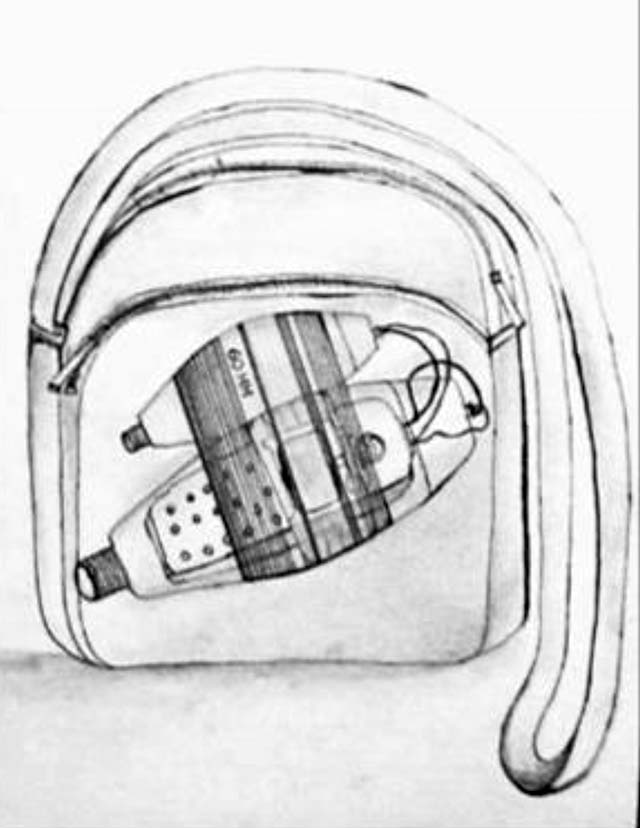
Part 2 of 3
READ: Part 1: Coco levy fund scam: Gold for the corrupt, crumbs for farmers
MANILA, Philippines – The controversial coco levy fund began under former president Ferdinand Marcos in 1971 when he and his cronies enacted a law that imposed taxes on coconut farmers’ products.
But more than 4 decades since then, coconut farmers have yet to receive their "promised rewards." What happened to the billions of pesos of coco levy funds under each administration?
Nearly P9.8 billion was collected from farmers from 1971 to 1983. At present, all coco levy assets, excluding those still pending litigation, are estimated to be worth P93 billion, according to the Presidential Commission on Good Government (PCGG). More assets are yet to be finalized.
Legal battles spanning decades started when the government under former president Corazon Aquino seized assets claimed to be bought using the coco levy. But even then, the battle is not confined to the courts. These cases could have found legal resolutions if it were not for political influence and maneuvering.
Marcos: The reason for coco levy

According to the PCGG, the Marcos government initially taxed farmers 55 centavos for the first domestic sale of every 100 kilos of copra or its equivalent. The taxes imposed grew as years went by, reaching P100 per 100 kilos. The amount was shouldered by the coconut farmers as it was deducted from their copra sales.

The government said the collections were to be used for the development of the farmers and the industry. But in reality, the taxes collected until 1983 amounting to P9.8 billion were used to invest in, and buy businesses for, the benefit of Marcos and his friends – business tycoon Eduardo "Danding" Cojuangco Jr, then defense minister Juan Ponce Enrile, and the late Clara Lobregat, among others.
Some of these businesses include the United Coconut Planters Bank (UCPB), multinational conglomerate San Miguel Corporation, Cocolife insurance, and other oil mills, among others.
At the time, Cojuangco was appointed to the board of the Philippine Coconut Authority, the agency tasked to collect and manage the funds.
Cojuangco brokered the sale of the UCPB and became president and CEO of the bank.
Cojuangco and his associates, with the alleged goal of monopolizing oil production, bought a group of 14 coconut oil milling and trading firms that were placed under the so-called Coconut Industry Investment Fund (CIIF). These assets were held by UCPB, the CIIF administrator.
The CIIF has a 47% share (before they were diluted) in SMC – 27% (diluted to 24%) owned by CIIF itself, while Cojuangco himself held another 20% (diluted to 17% after SMC sold new shares to an investor). (READ: How Marcos & Danding got SMC)
Cojuangco fled with Marcos in 1986 and returned in 1989, a few years before his planned political comeback.
Cory Aquino: Seizure of assets linked to cousin
After the fall of the Marcos regime, the administration of the late former president Corazon Cojuangco-Aquino sequestered all assets it claimed were illegally acquired by Marcos and his cronies.
She also established the PCGG, the agency tasked to recover the ill-gotten wealth of the late dictator and his allies.
The sequestration of the assets sparked numerous court cases – subdivided into Civil Cases 33-A to H – some of which the Supreme Court decided with finality only two decades after.
With all the pending cases, the first Aquino administration failed to return to the coconut farmers the funds said to be illegally acquired by her cousin Danding. It was the Cojuangco family who owned the First United Bank before the government bought it and renamed it the UCPB.
Former ambassador Joe Romero, who was appointed by Aquino as PCA chairman, said political maneuvering from many sectors of government is the culprit.
“As it turned out, if I had thought that this appointment would make the recovery of the funds like a walk in the park, I would be sadly disappointed if not bitterly disillusioned by the betrayals on the part of post-Marcos administrations, which made the recovery process almost impossible given the briar patch of legal impediments and political compromises made by them. At the end of the day the interest of the coconut farmers was offered in the altar of avarice and political opportunism,” he said in August 2012.
Also at the time, Enrile, who was chairman of the PCA when Cojuangco took a loan to buy his stake in SMC, started his stint as legislator.
Enrile was a senator from 1987 to 1992, 1995 to 2001, and 2004 to 2016. From 1992 to 1995, he was the representative of the 1st district of Cagayan.
Fidel V. Ramos: The contender
In 1992, a few years after the coco levy assets were seized, Cojuangco ran for president but lost to then former Philippine Constabulary chief Fidel V. Ramos, one of Marcos’ men during Martial Law.
Cojuangco’s running mate actor Joseph Estrada won as vice president.
During his term, Ramos issued two Executive Orders (EO nos. 277 and 481) on the coco levy, both referring to it as public funds.
Philippine Coconut Producers Federation (Cocofed), which critics linked to Cojuangco and his allies, challenged the EO in court. Nothing happened.
According to the Coconut Industry Reform Act (COIR), Ramos issued the second EO a few days before the May 1998 presidential elections to help his losing candidate, partymate and then Speaker Jose de Venecia Jr.
The EOs, COIR said, were good only on paper as no concrete action was taken. The late former agriculture secretary Salvador Escudero – another close ally of Marcos – reportedly did not convene the committee tasked to discuss the master plan for the release and use of coco levy funds.
Joseph Estrada: The comeback

In a speech after his first 100 days in office, then president Joseph Estrada said: “I shall return every single centavo of the coco levy fund to the farmers.” It was a promise that was never fulfilled.
Just days after he assumed office, Cojuangco – his kumpare and his campaign financier – was back at the helm of SMC and the CIIF group of companies, which consists of 14 oil milling and trading companies.
Estrada basically returned to Cojuangco the 27% shares of CIIF in SMC and the 20% stake under his name.
Joey Faustino of COIR said the PCGG under Estrada “intentionally tried” to lose government’s cases against Cojuangco. He added that Estrada ordered the PCGG to withdraw the case against Cojuangco involving the shares in SMC.
Estrada also attempted to forge a compromise with the coconut farmers. Former agrarian reform secretary Horacio Morales held negotiation meetings with the Multi-Sectoral Task Force on Coco Levy Recovery, an alliance of farmers groups and lawyers headed by former senator Wigberto Tañada.
The negotiations, Faustino said, discussed an EO to be drafted by Cojuangco’s lawyers, targeting to free up part of the coco levy funds – the CIIF-SMC shares (originally 27% but at present, diluted to 24%) – for a trust fund for the farmers.
The proposal was a “joint management” by the government, Cojuangco and Cocofed, and other farmer groups and civil society organizations in exchange for a share in annual interest earning.
While some groups were drawn to the idea, Tañada and the coalition opposed it, as it would imply that the coco levy funds are private in nature, which they clearly were not.
After more than a year of talks, the “pro-poor” Estrada issued EO 312 and 313 in November 2000, the latter supposedly the exact copy of the Cojuangco version, said Faustino.
At the time, Estrada was already plagued by corruption allegations and an impeachment complaint. He was ousted in January 2001 and his issuances were suspended with the takeover of then vice president Gloria Arroyo.
Gloria Arroyo: From hope to nope

Arroyo started with the right foot on the coco levy issue, as she appointed top-caliber lawyers and public servants to handle the government cases.
Faustino said they had high hopes when Arroyo took over, citing the appointment of the late Heidi Yorac as PCGG chairperson and Simeon Marcelo as solicitor general.
“The first act of Chair Yorac was, this is ironic, was the Petition for the Withdrawal of a Motion to Withdraw, filed by the Estrada PCGG, on the CIIF-SMC shares in court,” Faustino told Rappler.
On December 14, 2001, the Supreme Court first declared that the coconut levy funds are public funds. The High Court said the government has the right to vote as stockholder of the UCPB and the CIIF group of companies, including the 27% shares of SMC (now diluted to 24%).
The decision allowed the Yorac-led PCGG to plan for the turnover of the sequestered companies to the Arroyo administration.
In 2004, Arroyo took back her words and ran for president. Her second term was plagued with anomalies and scams.
To counter impending impeachment moves, Arroyo reached out to political parties such as the Nationalist People’s Coalition, founded by Cojuangco.
Faustino said Arroyo then changed her earlier position that coco levy funds are public money. And with it went the hope that the funds would be finally returned to the poor farmers.
Noynoy Aquino: Danding’s nephew

If under the first Aquino government the relationship of Cojuangco with his relatives turned sour, that improved under former president Benigno Aquino III. Cojuangco supported the candidacy of his nephew in 2010.
Under the second Aquino administration, the SMC cases found finality in the SC but not without contradicting premises.
The first decision, with a vote of 7-4, ruled that Cojuangco is the legitimate owner of 20% (diluted to 17%) shares in SMC bought using coco levy funds.
The SC ruled it was not proven that Cojuangco was a crony of Marcos. It went on to say there is no existing law defining ill-gotten wealth.
Associate Justice Conchita Carpio-Morales, in her dissent, called it “the biggest joke to hit the century.” Then Associate and now Supreme Court Chief Justice Maria Lourdes Sereno said the decision could be reevaluated at a later time when conditions have changed.
Cojuangco's counsel in this case is Estelito Mendoza, known for his supposed deep ties with the SC. Mendoza’s winning streak in the High Court can be explained by his skills, his personal network, and the clients he takes on: they belong to the uppermost crust of society, wealthy, powerful, and well-connected. (READ: Enrile hires lawyer of Marcos, Erap, Arroyo for PDAF case)

In the book, Hour Before Dawn: The Fall and Uncertain Rise of the Philippine Supreme Court, author Marites Vitug, also Rappler editor at large, wrote that Mendoza had access to inside information on the Court. At present, Mendoza is a board member of Petron Corporation, owned by SMC.
After 8 months, the SC then released its decision on the 27% (diluted to 24%) CIIF-SMC shares amounting to P71 billion. (READ: The San Miguel - coco levy saga)
This time, it gave credence to the definition of ill-gotten wealth as indicated in the late former president Aquino’s EOs 1, 2 and 14.
With no opposition, 11 justices voted that the funds are owned by the government and should be used only for the development of farmers and the industry.
In 2012, the SC also declared that the shares in UCPB, including the 7.2% stake held by Cojuangco are owned by the state because they were bought using coco levy funds.
Faustino said not a word was heard from Aquino on the issue of the coco levy until the farmers pushed for it strongly.
In 2014, 71 farmers marched from Davao City to Malacañang to demand that the SC decision on the 27% (diluted to 24%) shares be included in the “Entry of Judgment” for it to be executed.

Faustino argued that the favorable decision for Cojuangco was put in the Entry of Judgment just a few months after the decision came out, while the pro-farmers decision took more than two years.
Aquino also issued two EOs on the use and privatization of the coco levy funds but the SC temporarily stopped it.
A law was needed to permanently implement the SC decision. In 2015, Aquino certified the bill creating a trust fund for farmers as urgent, but still to no avail. It passed in the House of Representatives but was stalled in the Senate.
“Through the years the presence and influence of Danding Cojuangco, through his party mates and allies in Congress, have made it difficult for any bill on the coco levy to pass,” Faustino said.
With the lack of a legitimate political party system, only a few names fund politicians and their campaigns, thereby cementing their influence.
Time and again, it has been a vow of those in power to return the money to the poor farmers.
Meantime, SMC profits had swelled from P405 million in 1983 to P38.62 billion in 2012. It remains to be one of the biggest diversified conglomerates, with assets in power, fuel, media, and infrastructure, among others.
With the long, painful history of the coco levy fund scam, will the farmers finally see a better future under the Duterte administration, as President Rodrigo Duterte – like those before him – promised?
Or are promises, especially political ones, meant to be broken? – Rappler.com
READ: Part 1: Coco levy fund scam: Gold for the corrupt, crumbs for farmers








